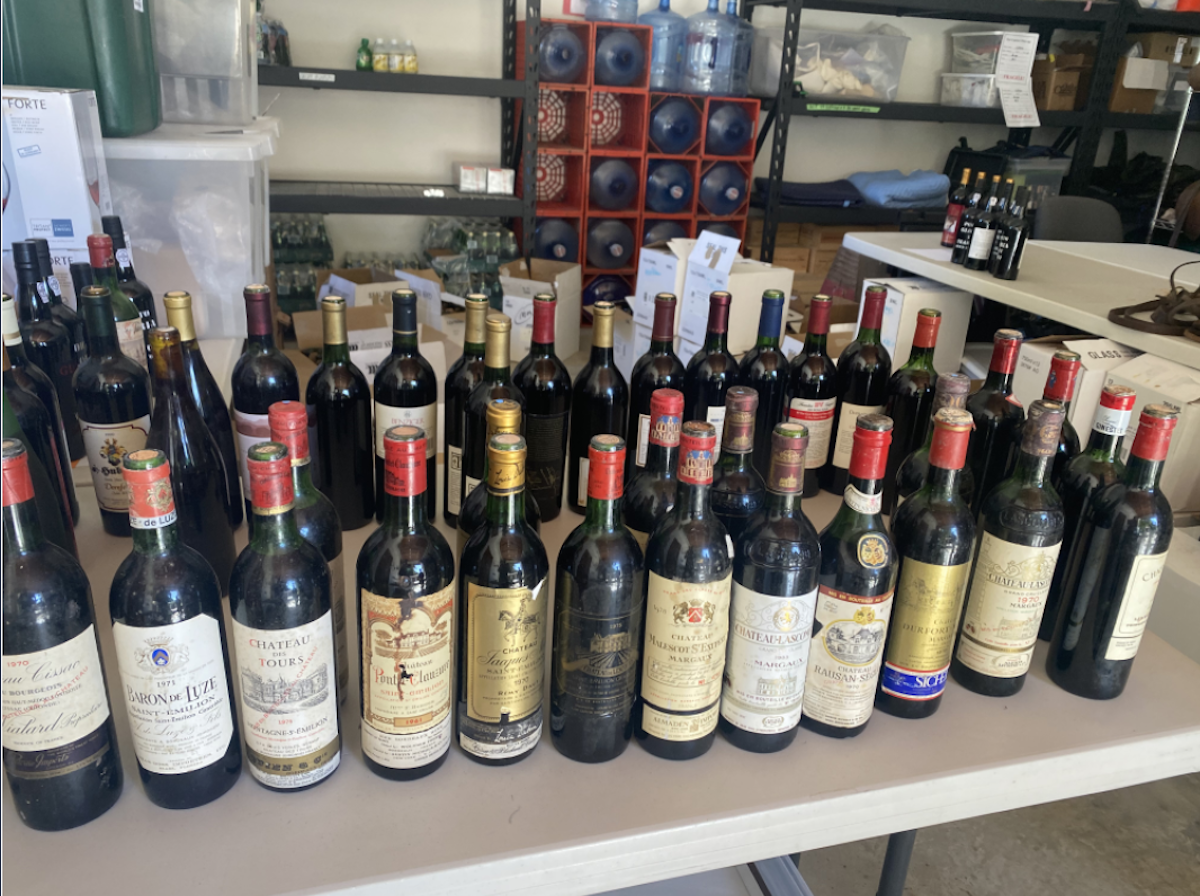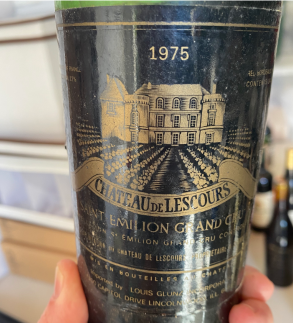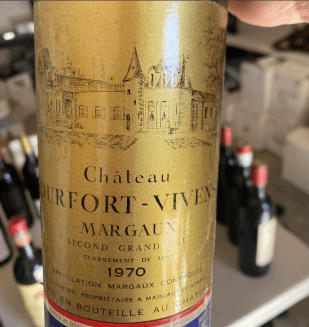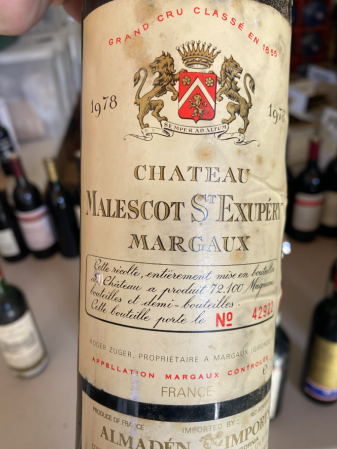Full Belly Files | The Allure and Illusion of Old Wine
Four Dozen French and California Wines from the 1960s to the 1990s

This edition of Full Belly Files was originally emailed to subscribers on May 13, 2022. To receive Matt Kettmann’s food newsletter in your inbox each Friday, sign up at independent.com/newsletters.
There’s magic, mystery, and misery in appreciating older vintages of wine, as I was reminded while tasting through four dozen French and California wines from the 1960s to the 1990s.
This wasn’t the plan, but today’s Full Belly Files can be considered a second chapter to last week’s newsletter about history, wine, and my trip to Santa Cruz Island. Though I did discuss my past articles about the Rusacks and their Santa Cruz-meets-Catalina Island wine project, I did not mention that I managed to snag a ride back to Santa Barbara with them on their comfortable yacht, the Torqua.
While crossing the Santa Barbara Channel, Geoff Rusack and I wound up talking about — you guessed it — wine. Specifically, our conversation concerned older vintages of wine, which tend to mean those that date back at least 20 years, but sometimes as much as a half-century or more.

Many of these aged wines, particularly when coming from hallowed brands, have become coveted by connoisseurs and upsold by auctioneers into the tens of thousands of dollars. But very often, they just lead to disappointment. Unless you’re lucky to find a bottle that was both made and cellared well (that’s happened to me a few times), smart enough in your youth to have invested wisely (that’s more of Geoff’s story), or just plain wealthy enough to buy whatever you want whenever you want (that’s what’s driving up the prices), the aromas tend to be funky, the flavors muddy, and the overall experience mostly a letdown.

In addition to inheriting quite a few bottles from his father-in-law, William Wrigley, Geoff started collecting his own wine decades ago, eventually amassing far too much to ever drink. Years ago, he had a sommelier come through to separate the wine wheat from the chaff, and now Geoff had piles of cases in his garage, effectively awaiting disposal down drains.
I suggested that there may be some gems in there — that I’d recently had that great 1986 Bonny Doon, among other examples — but he was generally unimpressed by old wines, even with supposed Burgundian unicorns like the 1983 Domaine de la Romanée-Conti that he’d opened recently.

Then we moved on to other wine topics, from tales of the “bad boys” of Santa Barbara wine (a story that I should pursue one day) and updates on their Catalina project to news about the curious white zinfandel grape that he and longtime Rusack winemaker Stebve Gerbac plan to patent. His son Austin, the next-gen Rusack who’s showing the most interest and involvement in the winery, also joined our jabbing as we bobbed steadily toward the harbor.
The following night, my cell phone rang after 8 p.m. I don’t tend to pick up that late, but seeing that it was Geoff, I quickly called him back.

“I was thinking about our old wine conversation yesterday,” said Geoff. “What if, instead of me dumping these things down the drain, you come over and taste through them with Steve and Austin?”
“Uh, yeah, why not?” I replied. “What’s the risk? It won’t kill me.”
“No,” confirmed Geoff. “You’re not gonna die.”
So I pulled into the Rusacks’ Hope Ranch estate this past Tuesday and found the garage, where Steve and Austin were staring at an assembly of old wines, their labels a bit tattered, their corks caked in mold. After expressing some shock at the number of bottles in front of us, we diligently dove in, carefully removing about four dozen crusty corks with a mix of corkscrew, ah-so, and Durand.

Then we sipped and spit through the French and Californian (mainly Napa and Santa Ynez Valley) bottles, ranging from the 1960s through the early 2000s. The bulk of the French were from Bordeaux, specifically St. Emilion, Pomerol, and Margaux, but there were also some random one-offs from Turkey, Germany, and Romania. They were — as Geoff expected and the hired somm predicted — largely unimpressive: some stale, some corked, many musty, and some just plain bizarre.
But there was also some magic in about a dozen of those bottles, wines that were still flavorful, textural, and, most importantly, likable. Steve kept reminding himself, and the rest of us, to keep things in perspective. “These are 50 years old,” said the winemaker, who’s just over 40 years old himself, impressed that so many of the bottles still showed fruit and spice, structure and life. It’s one thing for wine drinkers like me to find charm in a dusty old bottle; it’s another for a winemaker to wonder what could be done to make their own wines stand such a test of time.

As a reward for our efforts, Geoff threw in one of those 1983 Domaine de la Romanée-Contis that he didn’t like, in this case the La Tâche. (A quick Google search showed that it may cost $5,000.) All three of us enjoyed that one, appreciating that earthy spice and zesty fruit that still showed through four decades of age. Geoff laughed via email that night when I called it “solid.”
We each left with wines to take home, as there were plenty of extra unopened bottles from the stash, including some of the vintages that we truly enjoyed. Old wines are a crapshoot, but they’re always memorable. The labels reflect forgotten styles, the flavors reflect the passage of time, and it’s the only chance you ever get to imbibe history itself. See all of the bottles here.
Support the Santa Barbara Independent through a long-term or a single contribution.




You must be logged in to post a comment.